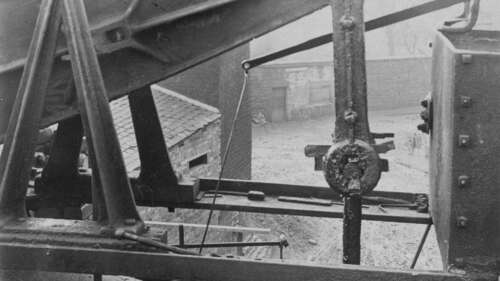
The vacuum that serves as the strength of such a pump results from the fact that water expands by around 1500 times when evaporating. The key, then, is to direct all the atmospheric pressure where it’s needed — on condensation. Newcomen’s engine operated on the same principle, but the vacuum was produced by a beam that moved similarly to a metronome. One end was attached to the valve and the other to the boiler, and the motion allowed for constant supplies of steam and cooled water (to ensure condensation) within the machine to be pumped to the mine.
Such engines weren’t simply for tackling groundwater in mines. Indeed, Savery’s also found utility in providing sources of water for larger and more supply-hungry homes. There was much more to come for steam engines, though. In 1769, military engineer Nicolas-Joseph Cugnot created a steam-powered tractor. These vehicles didn’t need to constantly evaporate and condense water, but they did still rely on a supply of water and a hefty boiler, not to mention frequent pauses to generate more steam.
These early inventions, naturally, wouldn’t wow us in today’s technologically advanced age. Cugnot’s first vehicle couldn’t exceed around 2.5 mph, after all. Steam power is something of a rarity all around today, mostly seen just in certain classic locomotives. Even so, they were crucial steps forward for humanity’s ingenuity — and should be celebrated as such.

